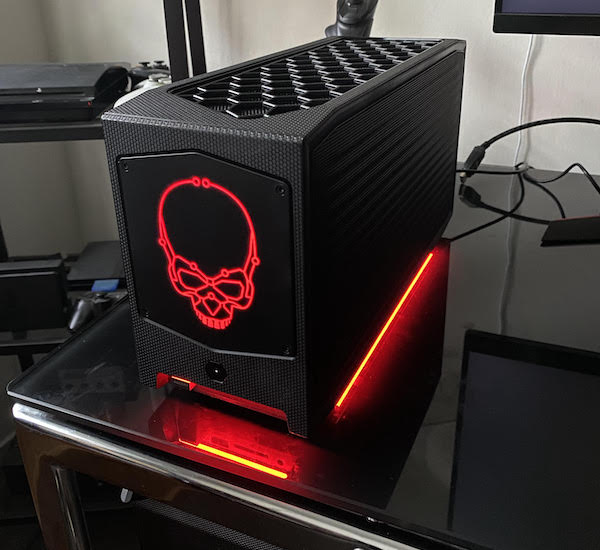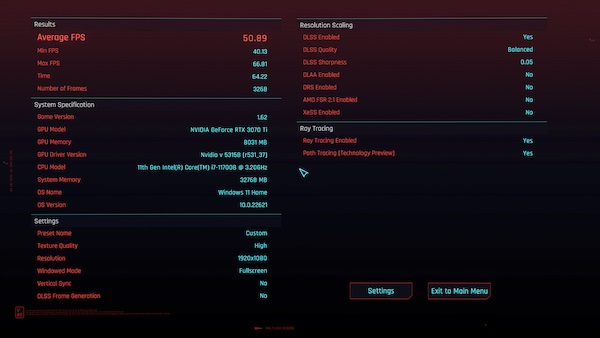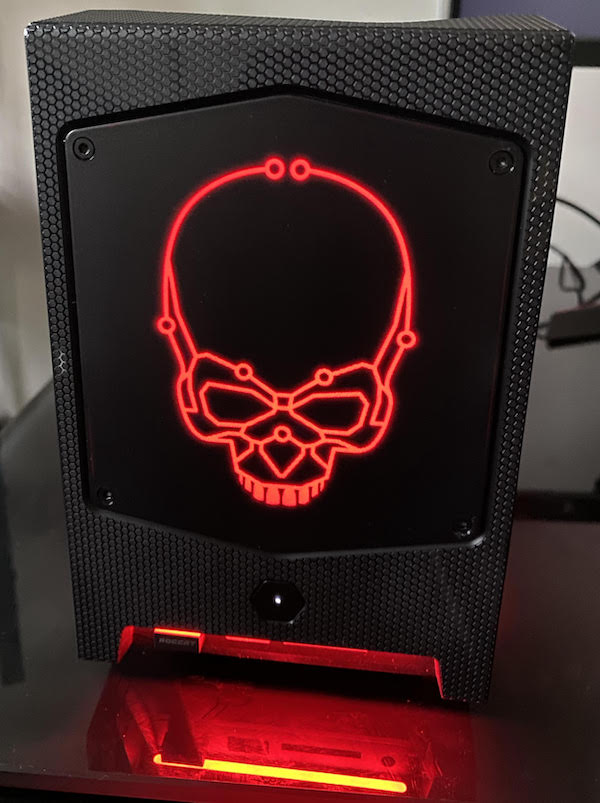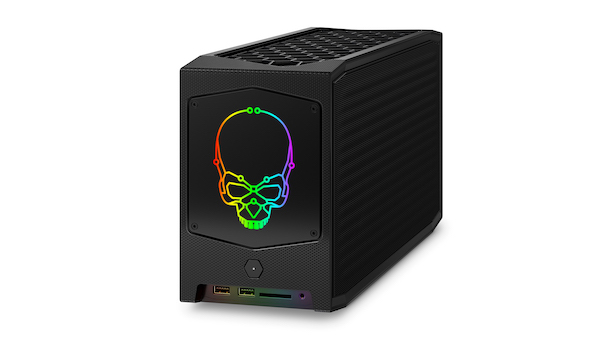Intel NUC11 mini PC review
I’ve dabbled in PC gaming since the days of the Sinclair ZX81 and Spectrum (I’m truly showing my age here).
The rubber-keyed Spectrum that used normal cassette tapes (look it up, young ones) to load up the games was probably my first serious introduction to gaming on a PC, cutting my teeth on classics like Knightlore, Sabre Wulf, Atic Atac, Jet Pac, Skool Daze, Jet Set Willy, Horace Goes Skiing, Ant Attack and The Way of the Exploding Fist.
My Spectrum was a present from my parents for passing School Certificate and regrettably, I threw it out a few years ago when I moved house as it was non-functioning. I still regret it.
I upgraded to an Atari PC (I think it was an ST520), playing arcade classics like Space Harrier, loaded from a floppy disc but it wasn’t until the early 1990s when I picked up a beige coloured mid-tower case (beige was the common colour for PCs back in the early 90s) packing a – wait for it, readers – Intel Pentium 90 CPU and probably pumping out graphics via an S3 Virge video card that was one of the first 2D/3D accelerators on the market.
This PC scratched my PC gaming itch, letting me play games like Magic Carpet, Half Life, Wolfenstein 3D, Duke Nukem 3D, and my personal favourite Star Wars Dark Forces. This was cutting edge for the time with graphics cards like the Virge having VRAM that measured in the megabytes not gigabytes like today.
Fast forward to 2023
PC gamers are running graphics cards with 12 Gigabytes of VRAM (and more) and CPUs that are more powerful than anything you could imagine in 1990.
Which brings me to Intel’s Beast Canyon Intel NUC11 PC: A small but mighty gaming PC that is unobtrusive, packs a powerful punch in a small form factor – and there’s not a bit of beige to be seen!
Beige Free PC power with the Intel NUC11
Intel’s NUCs are for aimed purely and surely at the PC enthusiast: They’re normally sold as a barebones unit: You’ll get the case, power supply, motherboard and CPU then have to buy the storage, RAM and a dedicated GPU separately (it comes with on-board graphics in the motherboard). Intel’s NUC makes no apologies that the NUC range is designed for the gamer who wants to have control over their build, meaning they can mix and match components until they’re happy with the configuration they want and suits their needs. It means it’s upgradable, too.
The review unit (built by well-known, Auckland, New Zealand PC builder Playtech) came installed with an Intel Core i7 1700B, 32GB 3200MHz SODIMM RAM, a Samsung 980 1TB NVMe M.2 drive and an nVidia RTX3070Ti GPU. The I/O has plenty of things to plug stuff into, too: There’s six USB 3.0 ports at the back (plus two on the front), two USB-C ports, an ethernet port, two HDMI ports and three Display ports. The unit was connected to my 1440p LG monitor but this thing would handle outputting at 4K no problem.


One of the things I loved about the Intel NUC11 was that it’s small enough to not take up too much space on a desk. I loved the aesthetic of the Beast out of the box, too, with sleek black styling and plenty of ventilation on the case.
Switch it on and the front panel glows with Intel’s illuminated skull logo. It also has underside LED lighting, which is subtle but effective. The small form factor, though, belies an extremely powerful gaming PC.
Testing some Heavy Hitters
I tested the Beast Canyon Intel NUC11 with Cinebench 23 to start with (scoring 10,806 points in the mult-core test and 1528 points in the single-core test) then put it through its paces with games like Hitman 3, Marvel’s Spider-Man Remastered, Everspace 2, The Last of Us Part One and Dredge. It did not disappoint.
The NUC remained pretty much silent for most of the time when doing “normal” PC tasks, but the fan noise ramped up considerably when playing games like Cyberpunk 2077 and Microsoft Flight Simulator that pushed the RTX3070Ti a little.
That said, it handled every single game I threw at it, with the graphical settings of most set to Ultra. Microsoft Flight Simulator told me that the NUC would handle the game “very well” and it did: It looked spectacular. Spider-Man and Hitman 3 looked and played extremely well, Everspace 2 looked gorgeous and performed extremely well.
I also tried the NUC with the recently released path tracing overdrive update for Cyberpunk 2077, setting DLSS to performance and balanced modes for benchmarking and averaged high 609 frames per second. I also managed to inadvertently test at 4K with the benchmark, returning a frame rate high of 27.





The Last of Us Part One was really a mixed bag, and that was disappointing, but that’s squarely down to the poor PC optimisation, not the hardware.
During my playthrough, the game crashed to the desktop a couple of times and shader compilation took about half an hour the first time I booted it up.
Graphically, it looked good at times but at other times there were weird graphical glitches, with things like main character Joel having weirdly bushy eyebrows and crazy looking hair and stuttering and poor frame rates.
Things may have improved since I last played it (another large patch has just dropped and developer Naughty Dog admits there is still work to be done), and I’ve heard other people have had no issues. For my time with it, it was just poorly optimised so I can’t recommend it on PC at the moment until it’s more stable.
Performance vs. Value = Intel NUC11 Satisfaction
OK, so how much of a dent does this review unit performance put in your wallet. Well, PR couldn’t provide me with a firm price but a “barebones” kit featuring an 11th Gen i7-11700B CPU, a mother board with a Intel WM590 chipset and a power supply will set you back around $1800 from PB Tech: You then need to buy the other components on top of that.
As someone who currently plays PC games on an 11th Gen Intel i5 but is hampered by an old AMD RX580 GPU, gaming on the Intel NUC Beast Canyon was like going from an old Ford Focus (an incredibly reliable car, might I add) to a Ford GT50: Much increased performance but at a higher price.
For gamers who are tried and true members of the “PC Master Race”, though, where eeking the most out of the best components possible, the upgradability and pure performance that Intel’s NUC mini PC’s offer can’t be denied.
This is truly a gaming Beast!




